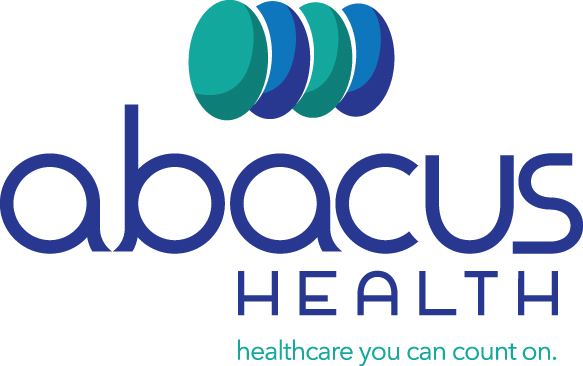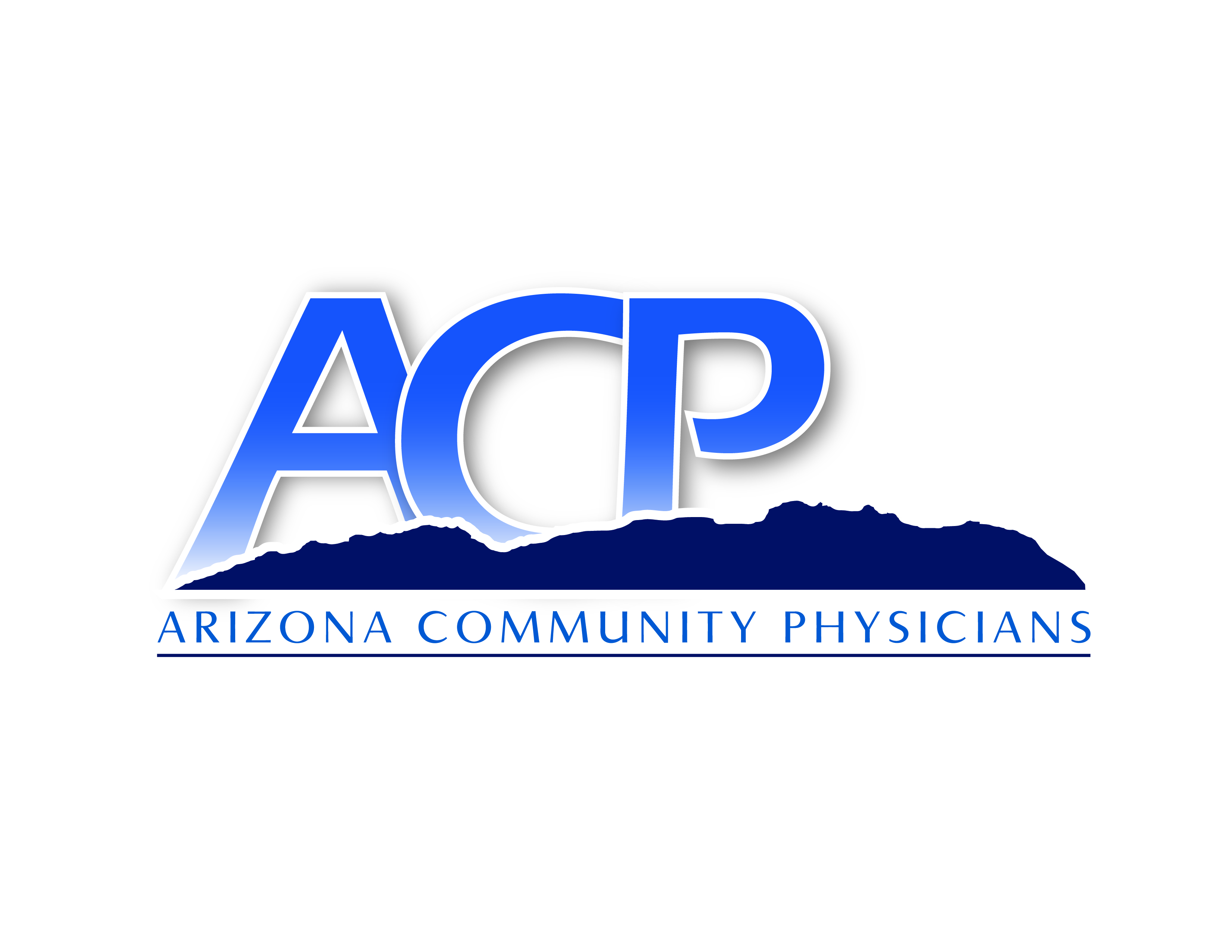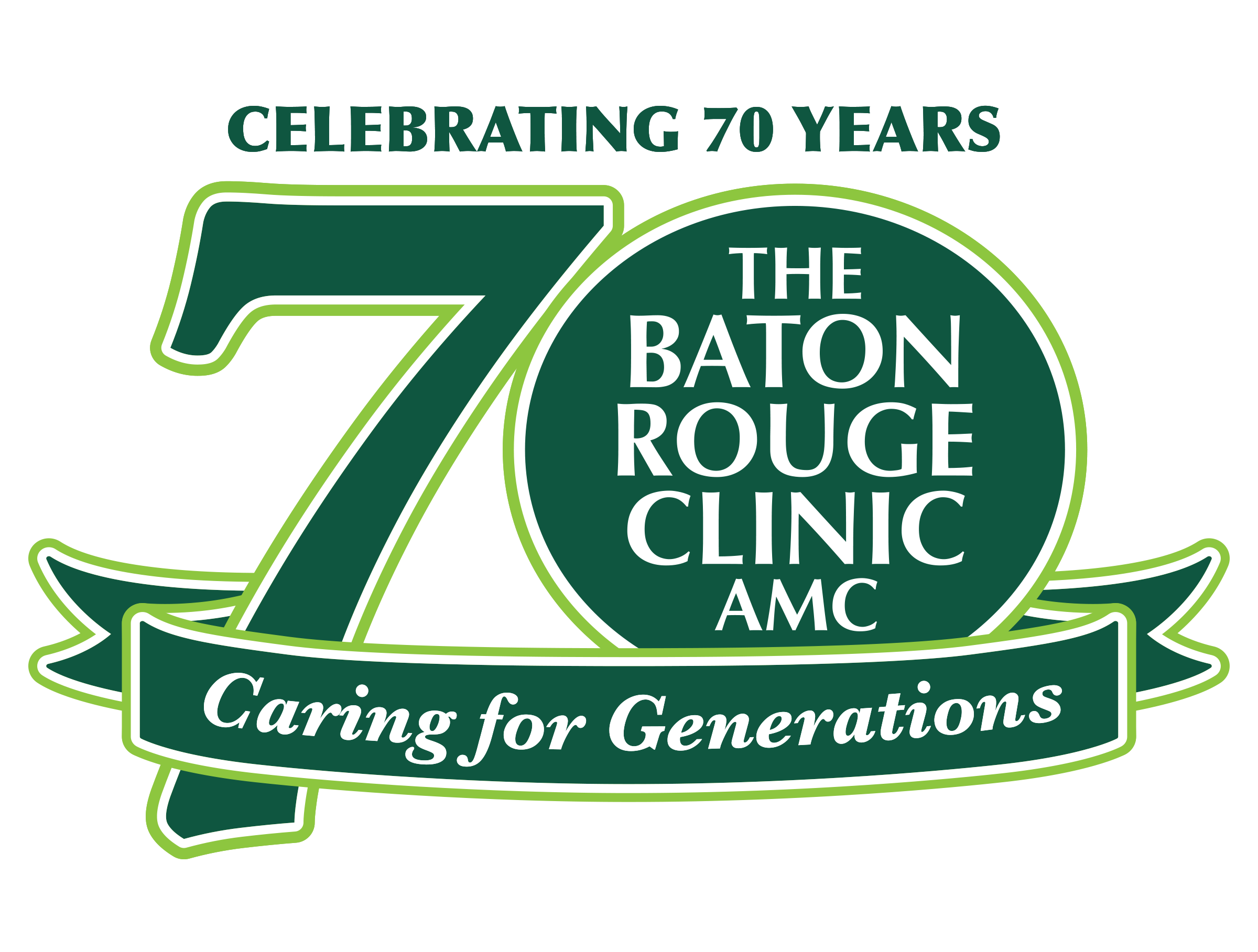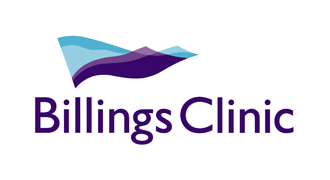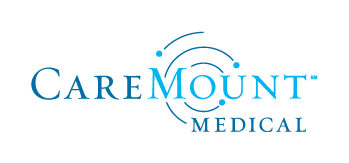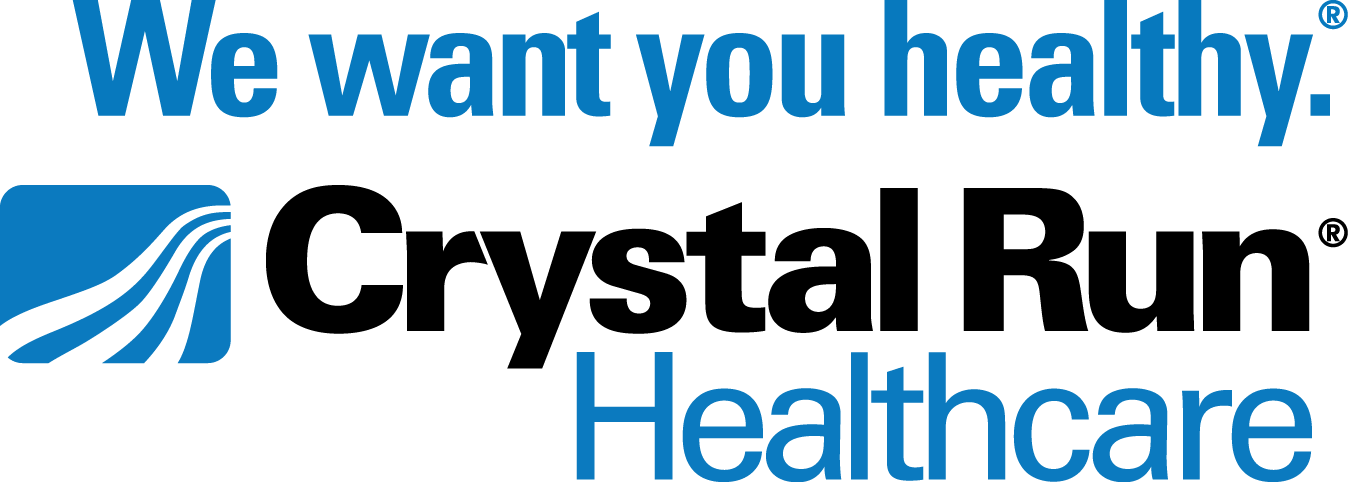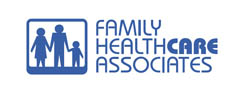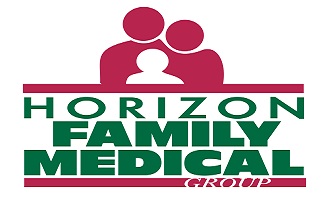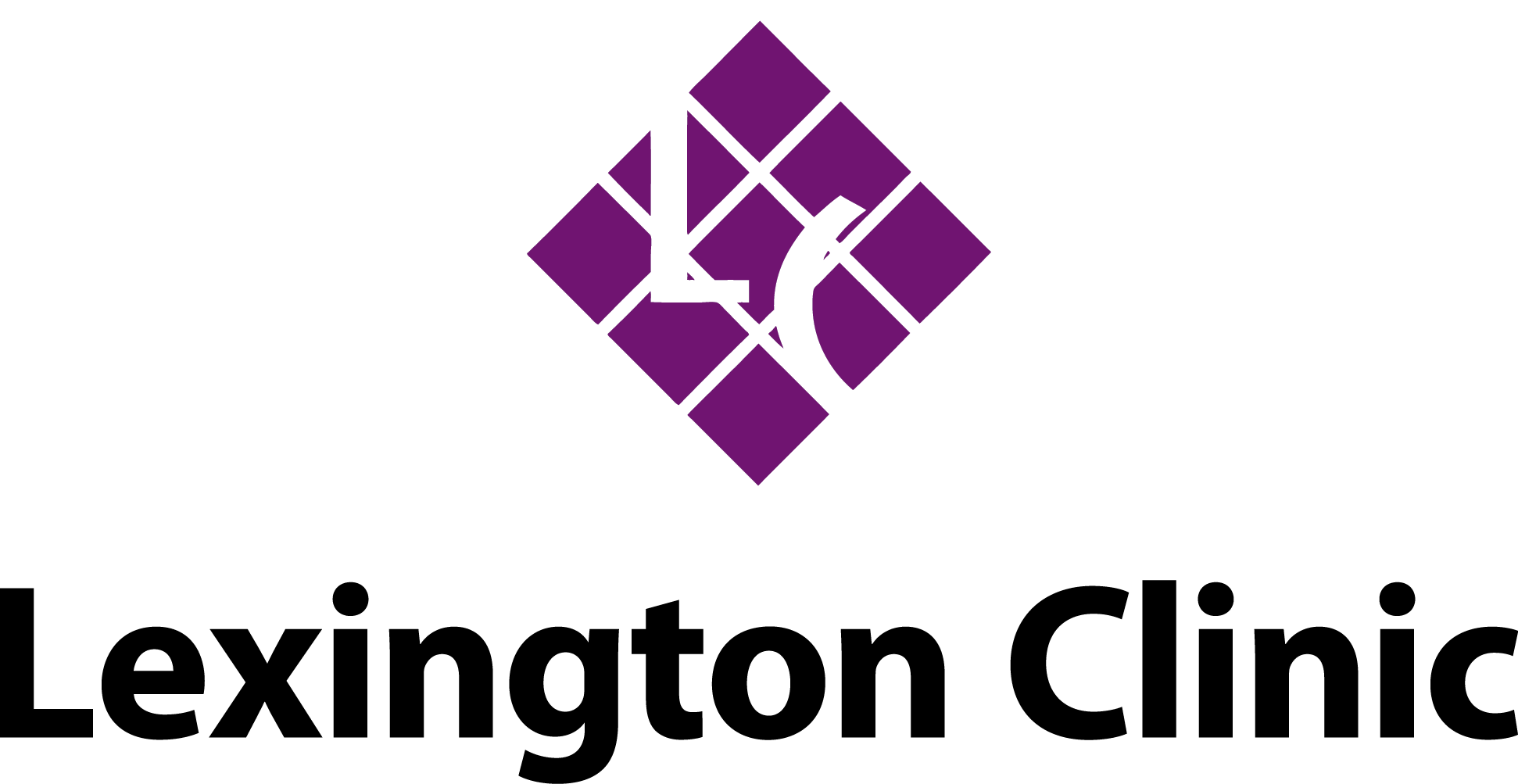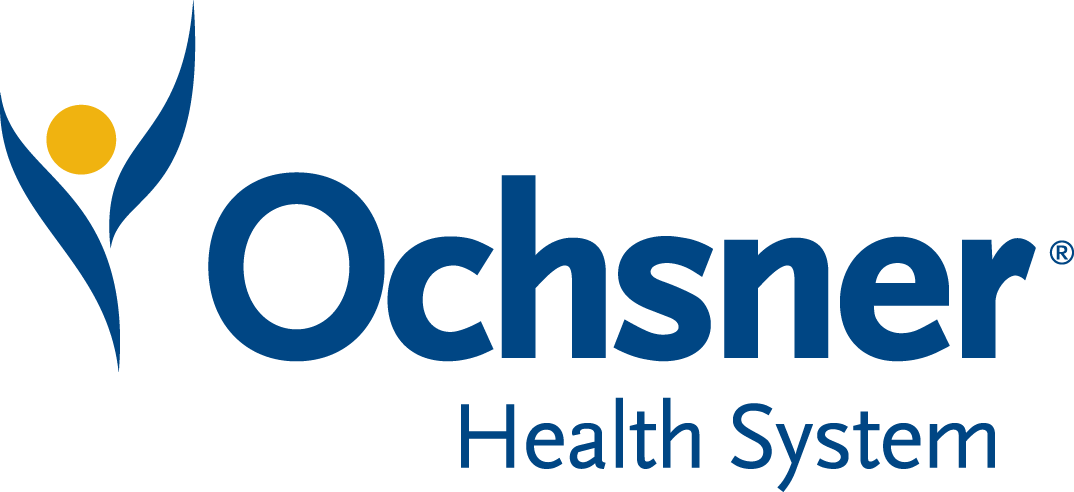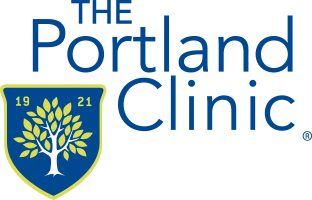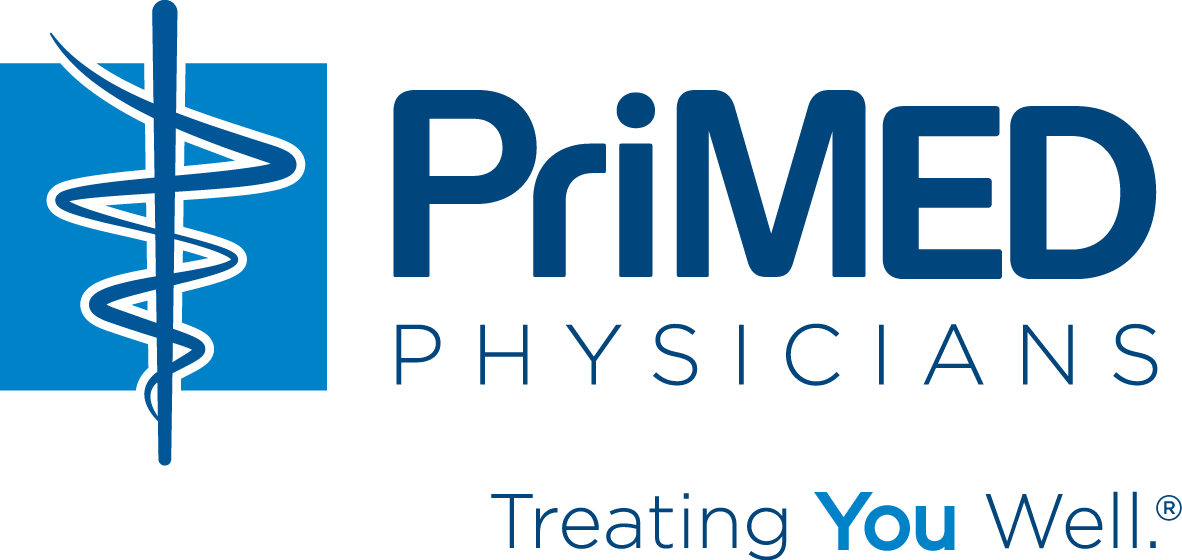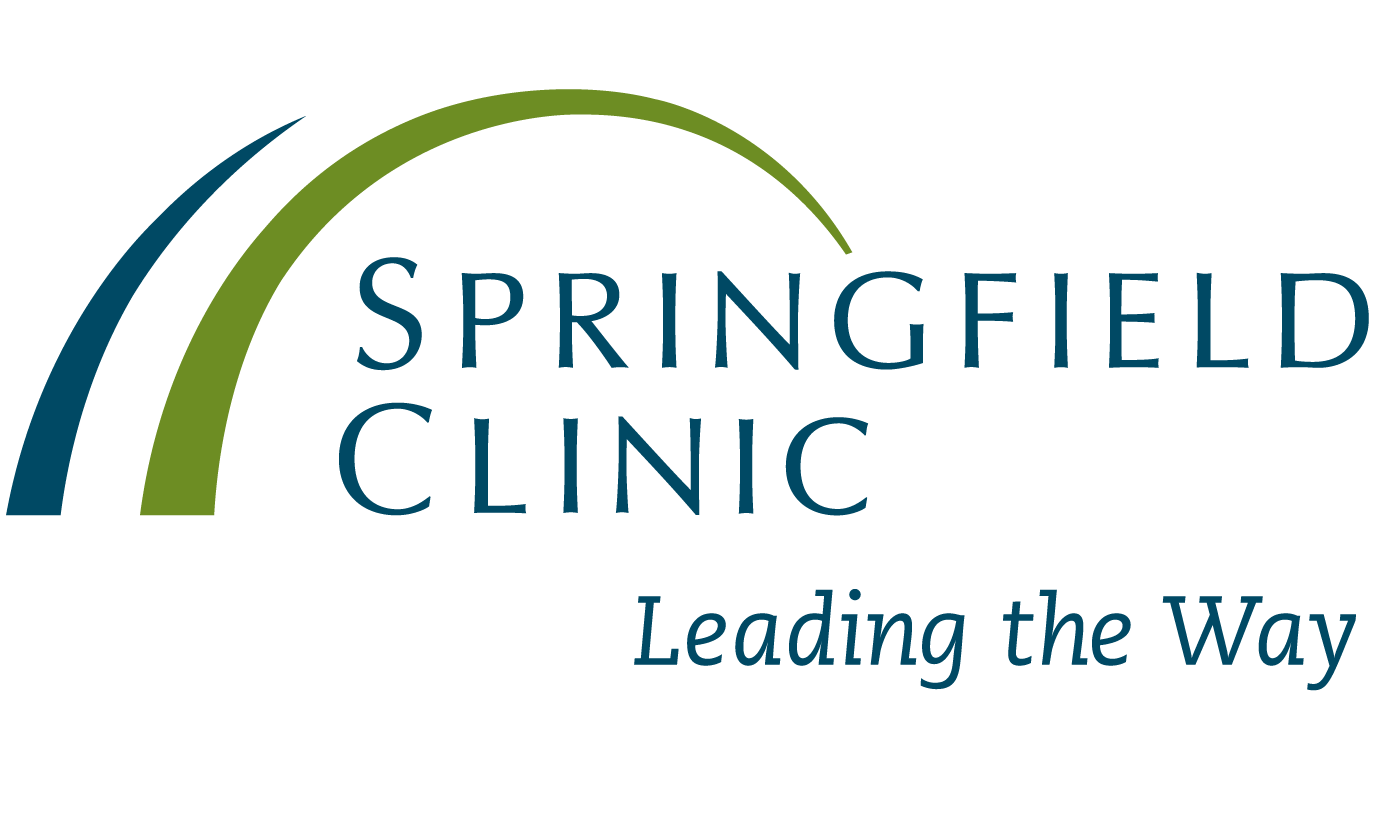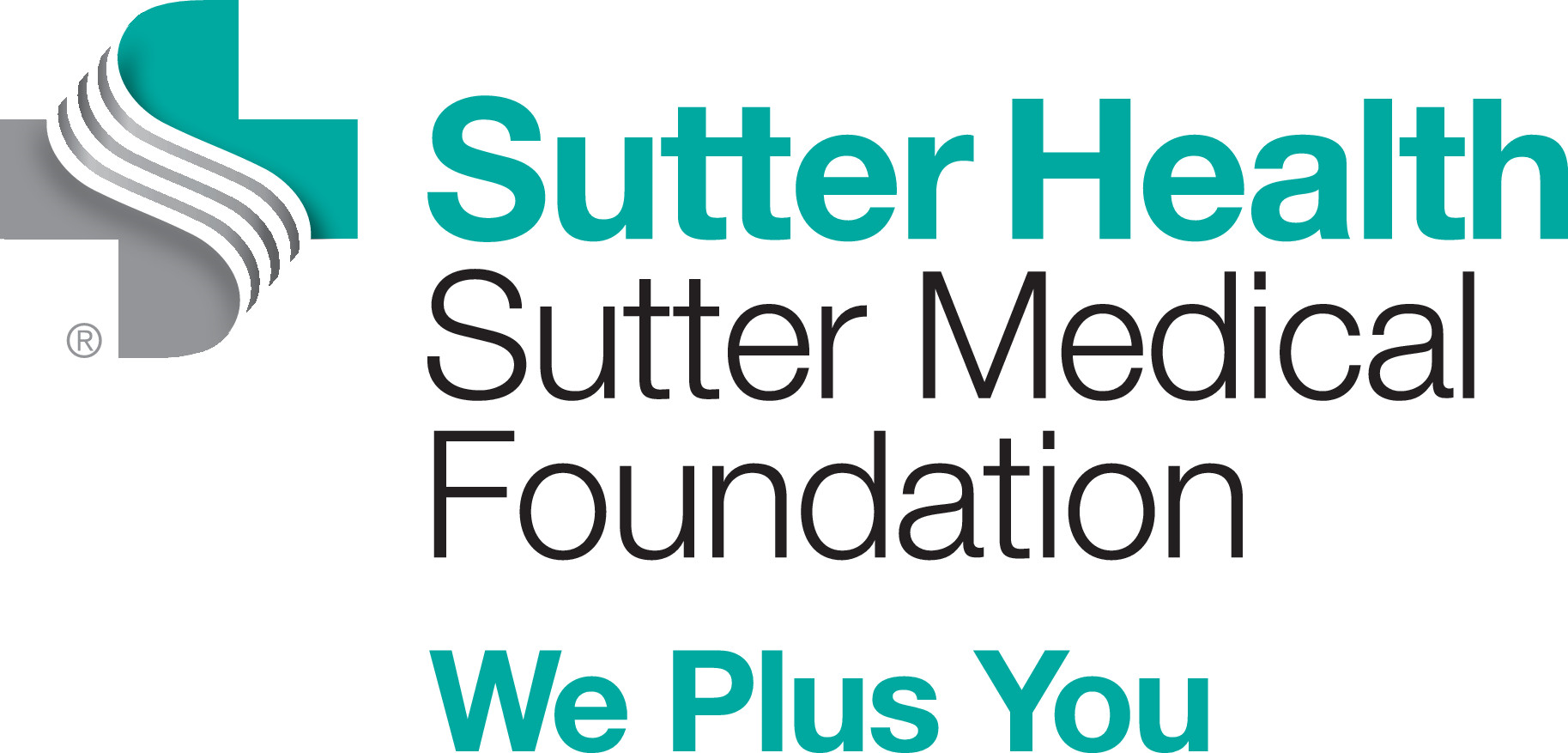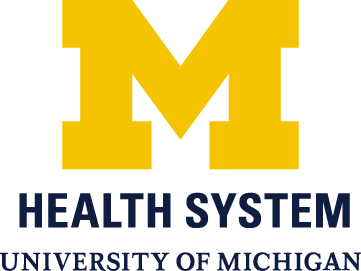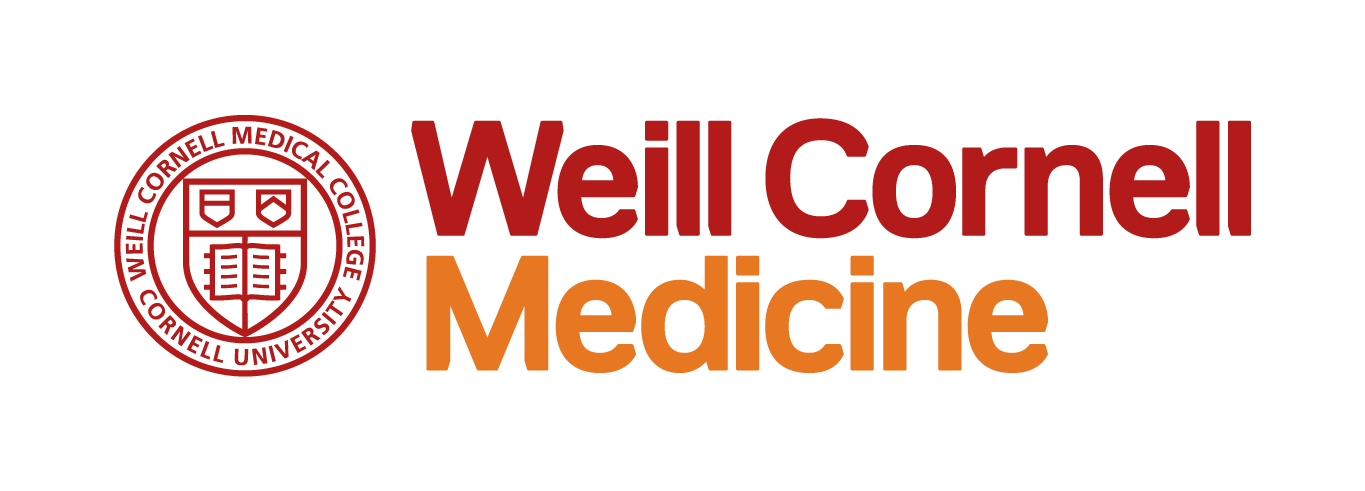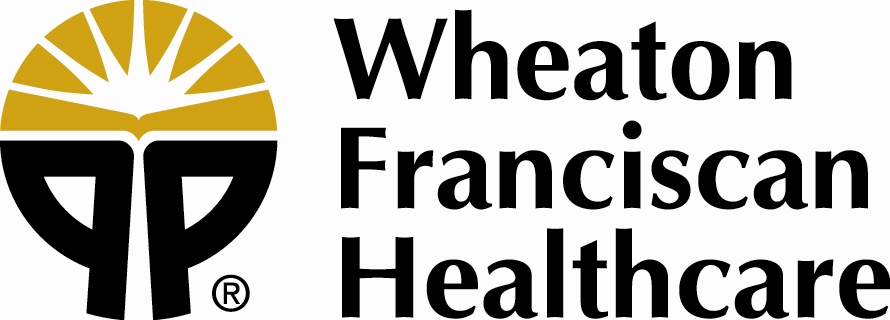What Is Type 2 Diabetes?
 Having diabetes means that blood glucose (sugar) levels in your body are
higher than normal. Type 2 diabetes means that your body does not use insulin
properly. Experts estimate that 90-95% of people diagnosed with diabetes have
type 2 diabetes.
Having diabetes means that blood glucose (sugar) levels in your body are
higher than normal. Type 2 diabetes means that your body does not use insulin
properly. Experts estimate that 90-95% of people diagnosed with diabetes have
type 2 diabetes.
You may have questions about type 2 diabetes. We’ve included information
below from leading organizations:
What are the different types of diabetes? [+]
Type 1 diabetes, which was previously called insulin-dependent diabetes
mellitus (IDDM) or juvenile-onset diabetes, may account for about 5% of all
diagnosed cases of diabetes. Type 2 diabetes, which was previously called
non-insulin-dependent diabetes mellitus (NIDDM) or adult-onset diabetes, may
account for about 90-95% of all diagnosed cases of diabetes. Gestational
diabetes is a type of diabetes that only pregnant women get. If not treated, it
can cause problems for mothers and babies. Gestational diabetes develops in
2-10% of all pregnancies but usually disappears when a pregnancy is over. Other
specific types of diabetes resulting from specific genetic syndromes, surgery,
drugs, malnutrition, infections, and other illnesses may account for 1-5% of all
diagnosed cases of diabetes.
This information is reprinted from
CDC’s website.
What is the difference between type 2 diabetes and the other types? [+]
Type 1 diabetes, which used to be called juvenile diabetes, develops most
often in young people; however, type 1 diabetes can also develop in adults. In
type 1 diabetes, your body no longer makes insulin or enough insulin because the
body’s immune system-which normally protects you from infection by getting rid
of bacteria, viruses, and other harmful substances-has attacked and destroyed
the cells that make insulin.
Type 2 diabetes, which used to be called adult-onset diabetes, can affect
people at any age, even children. However, type 2 diabetes develops most often
in middle-aged and older people. Type 2 diabetes usually begins with insulin
resistance-a condition that occurs when fat, muscle, and liver cells do not use
insulin to carry glucose into the body’s cells to use for energy. As a result,
the body needs more insulin to help glucose enter cells. At first, the pancreas
keeps up with the added demand by making more insulin. Over time, the pancreas
doesn’t make enough insulin when blood sugar levels increase, such as after
meals. If your pancreas can no longer make enough insulin, you will need to
treat your type 2 diabetes.
Gestational diabetes can develop when a woman is pregnant. Pregnant women
make hormones that can lead to insulin resistance. All women have insulin
resistance late in their pregnancy. If the pancreas doesn’t make enough insulin
during pregnancy, a woman develops gestational diabetes.
This information is reprinted from
NIDDK’s website.
What is blood glucose? [+]
Blood glucose is the main type of sugar found in your blood and your main
source of energy. Glucose comes from the food you eat and is also made in your
liver and muscles. Your blood carries glucose to all of your body’s cells to use
for energy. Diabetes is when your blood glucose, also called blood sugar, is too
high.
This information is reprinted from
NIDDK’s website.
What is insulin? [+]
Insulin is a hormone that helps the body use glucose for energy. The beta
cells of the pancreas make insulin. When the body cannot make enough insulin, it
is taken by injection or through use of an insulin pump.
This information is reprinted from
ADA’s website.
Who is at risk for type 2 diabetes? [+]
The risk for developing type 2 diabetes is associated with older age,
obesity, family history of diabetes, history of gestational diabetes, impaired
glucose metabolism, physical inactivity, and race/ethnicity. African Americans,
Hispanics/Latinos, American Indians, some Asians, and Native Hawaiians or other
Pacific Islanders are at particularly high risk for type 2 diabetes and its
complications. Type 2 diabetes in children and adolescents, although uncommon,
is being diagnosed more frequently among American Indians, African Americans,
Hispanics/Latinos, Asians, and Pacific Islanders.
This information is reprinted from
CDC’s website.
What are the symptoms of diabetes? [+]
Symptoms of diabetes include frequent urination, unusual thirst, extreme
hunger, unintentional weight loss, extreme fatigue and irritability, and blurred
vision. People should contact their healthcare providers if they experience any
of these symptoms. Some people may have type 2 diabetes without any symptoms, so
it’s important to get regular blood tests, especially if you are at a higher
risk for developing diabetes.
This information is reprinted from
AACE’s website.
How can I properly manage my diabetes? [+]
Diabetes is a complex and serious disease, and managing it every day can be
challenging. To help you, diabetes educators have developed seven key areas to
focus on. A diabetes educator can help you set priorities and coach you on each
of these areas. The seven areas include: Healthy Eating, Being Active,
Monitoring, Taking Medication, Problem Solving, Reducing Risks, and Healthy
Coping.
This information is reprinted from
AADE’s website.
View sources for statistics here.
 Having diabetes means that blood glucose (sugar) levels in your body are
higher than normal. Type 2 diabetes means that your body does not use insulin
properly. Experts estimate that 90-95% of people diagnosed with diabetes have
type 2 diabetes.
Having diabetes means that blood glucose (sugar) levels in your body are
higher than normal. Type 2 diabetes means that your body does not use insulin
properly. Experts estimate that 90-95% of people diagnosed with diabetes have
type 2 diabetes.